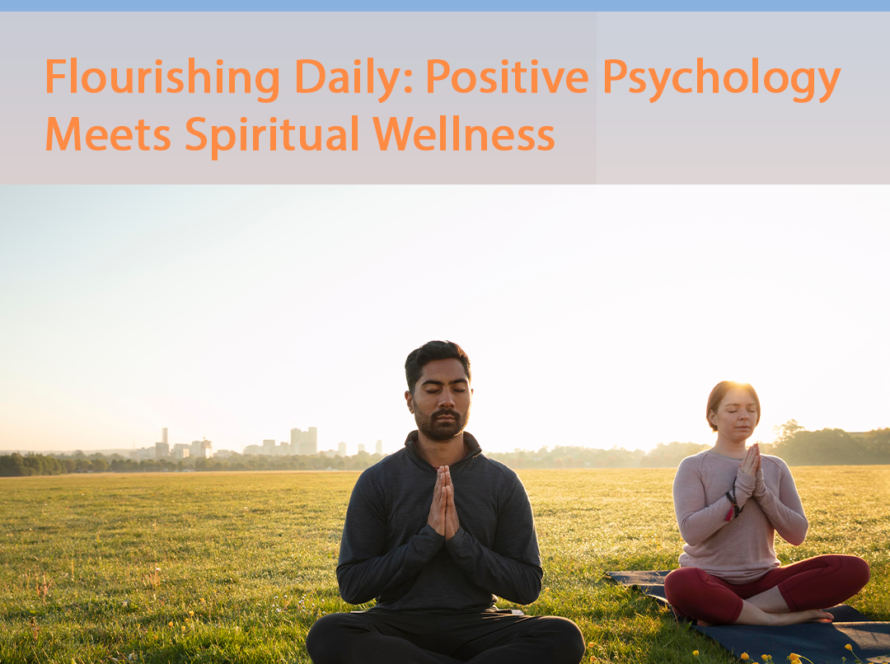A philosophical exploration of trauma-informed positive psychology through the Jungian lens
As we entered 2025 and are in the third quarter of the year, the landscape of mental health finds itself at a profound crossroads, the paradox of modern healing. We stand between two seemingly opposing paradigms: the necessity of acknowledging our wounds and the imperative to cultivate our strengths. Yet what if this perceived opposition is the tension that creates transformation?
At Tatava Studio, we witness daily the sacred alchemy that occurs when trauma-informed care meets positive psychology within a Jungian framework. This isn’t about choosing between shadow work and strength-building—it’s about recognising that authentic wholeness emerges precisely from this dynamic integration.
Beyond the Pathology Model: Reclaiming the Sacred in Suffering
The traditional medical model, while valuable, often reduces the human experience to symptoms that require management. But what happens when we view psychological distress not as pathology, but as the psyche’s attempt to restore balance? What emerges when we honour both the wound and the wisdom it carries?
Jung understood that symptoms are not merely problems to be solved, but messengers from the unconscious—signals pointing toward aspects of ourselves that demand integration. This perspective transforms the therapeutic relationship from doctor-patient to a collaborative exploration of meaning-making.
In trauma-informed positive psychology, we acknowledge that resilience isn’t built by bypassing pain, but by developing the capacity to hold both our struggles and our strengths simultaneously. The rose grows through the concrete, not by denying the concrete, but by finding the cracks through which life force can emerge.
The Shadow as Strength: Reclaiming Disowned Power
Perhaps no concept is more misunderstood than Jung’s notion of the shadow. Far from being simply our “dark side,” the shadow contains our repressed wounds and disowned gifts—the aspects of ourselves we’ve learned to hide or deny.
Consider the client who presents with “anger issues.” Traditional approaches might focus on anger management and teaching suppression techniques. But what if that anger contains a vital life force that has been misdirected? What if beneath the rage lies a healthy boundary system that was shamed into silence?
Through shadow integration work and strength identification, we help clients reclaim the energy trapped in their symptoms. The individual who struggles with anxiety often possesses extraordinary sensitivity and intuitive intelligence. The person wrestling with perfectionism frequently carries gifts of discernment and excellence. The challenge isn’t to eliminate these patterns but to transform them from unconscious compulsions into conscious choices.
Trauma as Teacher: The Wisdom Hidden in Wounds
Trauma-informed care recognises that symptoms often represent adaptive responses to impossible situations. When viewed through this lens, the nervous system’s brilliant attempts at survival become sources of information rather than pathology.
Yet trauma-informed positive psychology goes further. It asks: What strengths were forged in the fire of your struggles? What capacities did you develop that others who haven’t walked your path might never discover?
The individual who learned hypervigilance as a survival mechanism often possesses extraordinary awareness and empathy. The person who dissociates to cope with overwhelming experiences frequently develops remarkable imagination and spiritual sensitivity. This doesn’t minimise the cost of trauma—it honours the human spirit’s incredible capacity to transform suffering into wisdom.
The Philosophical Foundation: Meaning as Medicine
Viktor Frankl observed that we can endure almost anything if we find meaning in it. This insight forms the philosophical bedrock of our approach at Tatava Studio. We don’t seek to eliminate all suffering, but to help individuals discover the sacred purpose hidden within their struggles.
This meaning-making process requires “philosophical courage” to ask profound questions about existence, purpose, and identity. Why did this happen to me? What is this experience trying to teach me? How might my struggles serve not only my own growth but also contribute to something larger?
These questions don’t have easy answers, nor should they. The process of wrestling with them—much like Jacob wrestling with the angel—is transformative. We emerge changed, often wounded, but blessed with new understanding.
Positive Psychology Reimagined: Beyond Happiness to Wholeness
Traditional positive psychology sometimes falls into the trap of toxic positivity—the pressure to be grateful, optimistic, and growth-oriented regardless of circumstances. However, mature positive psychology recognises that authentic well-being includes the full spectrum of human experience.
At Tatava Studio, we practice “integrated positive psychology”—an approach that celebrates human strengths while honouring human struggles. This means:
- Cultivating Post-Traumatic Growth: Not just recovering from trauma but also discovering how adversity can catalyse unprecedented personal development.
- Developing Emotional Granularity: Moving beyond “good” and “bad” feelings to appreciate the rich complexity of human emotion, including the gifts hidden under challenging states.
- Building Meaning-Centred Resilience: Resilience is grounded in coping skills and a deep sense of purpose and connection to something greater than oneself.
- Fostering Authentic Relationships: Connections based not on perfection or performance, but on genuine vulnerability and mutual growth.
The Therapeutic Relationship as Sacred Container
In this integrated approach, the therapeutic relationship becomes what Jung called a “temenos”—a sacred space for transformation. Neither therapist nor client is the expert on the client’s life; instead, they become co-investigators exploring the mystery of human becoming.
This requires what we term “therapeutic courage” from both parties. The client must be willing to face their shadows while claiming their light. The therapist must model this integration, bringing the client’s appropriately disclosed humanity into the sacred healing space.
The result is not a sterile clinical encounter but a deeply human meeting that honours the therapeutic frame and the mystery of transformation. Change happens not through technique alone but through the alchemy of authentic relationships.
Practical Applications: The Art of Integration
How does this philosophy translate into practical therapeutic work? Several key practices emerge:
- Dream Work and Active Imagination: Using Jungian techniques to dialogue with unconscious material while identifying the strengths and resources revealed in symbolic language.
- Strength-Spotting through Shadow Work: Helping clients discover how their greatest struggles often point toward their greatest gifts.
- Trauma-Informed Meaning-Making: Supporting clients in finding purpose and post-traumatic growth without minimising their pain or rushing the healing process.
- Somatic Integration: Working with the body’s wisdom to help clients reclaim vitality and presence while processing stored trauma.
- Creative Expression: Using art, movement, and metaphor to access non-verbal intelligence and facilitate integrating disparate aspects of self.
The Future of Healing: Wholeness in a Fragmented World
As we navigate the complexities of 2025—ongoing global challenges, technological disruption, and collective trauma—the need for this integrated approach becomes even more crucial. We need therapeutic modalities to hold complexity, honour diversity, and support genuine transformation rather than mere adaptation.
The architecture of wholeness isn’t built by eliminating difficult experiences but by integrating them into a larger, more complete sense of self. It’s constructed not by choosing between strength and struggle but by recognising their inherent relationship.
Conclusion: The Invitation to Wholeness
At Tatava Studio, we extend an invitation—not to perfection but to wholeness, not to the elimination of shadow but to its integration, not to trauma-free living but to trauma-informed thriving.
This is the path of the wounded healer, the individual who discovers that their deepest struggles contain their greatest gifts, and that authentic strength emerges not from invulnerability but from the courage to remain open in a world that often demands closure.
The architecture of wholeness is under construction in each moment you choose consciousness over unconsciousness, integration over fragmentation, and love over fear. Welcome to your becoming.
Our contact details
To connect further and enroll in the program.
Aarti Ahuja
For Appointments
Email id
tatvalifestylestudio@gmail.com
Contact
Call : +011 4654 6424 / +91 7678341364
WhatsApp : 91 7678341364


